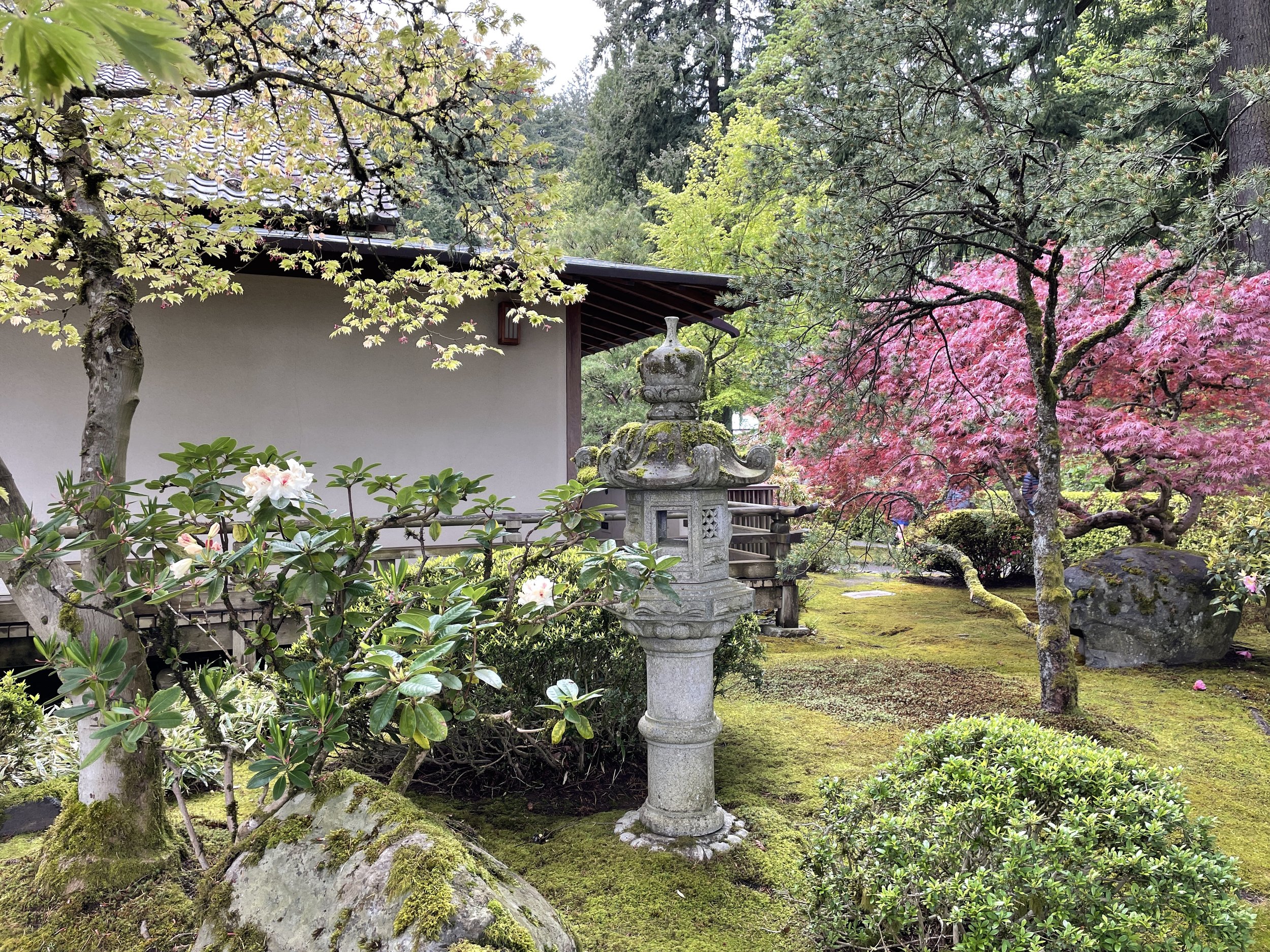AAI 2022 Recap
I am regretfully behind in writing my thoughts on AAI 2022, the Annual Meeting for the American Association of Immunologists. Being 2 years into starting my group, it is becoming more urgent to secure extramural funding, and so I had been dedicating significant working time to writing grant applications. Thankfully I did my best to take notes during the meeting, and so can offer some of my recollections here. The AAI meeting is perhaps the largest conference for immunology, with many sessions running in parallel; thus, one cannot see everything, and I cannot speak to the talks that I did not attend.
Purple bracelet was proof of Covid-19 vaccination, which was mandatory for attendees .
Among my favorites was the Distinguished Lecture by Yasmine Belkaid from the NIH. In the past decade or so it has become apparent that interactions with symbiotic microbiota play an important role in modulating the immune response, but beyond that general concept, I really did not know what to do with this knowledge. Dr. Belkaid started with the basic concepts (an approach that I am always grateful for) regarding the immune roles of microbiota. Namely, the microbiome consists of exogenous microbes, the endogenous virome, and endogenous retroviruses (ERV) which became encoded into the placental mammal genome. ERV behave as tissue-specific antigens and thus can induce immune responses. She then described the mechanisms by which bacteria can induce the homeostatic immunity of keratinocytes. In her experiments, mice colonized with S. epidermis initiates transcription of ERV genes in the keratinocytes. The double-stranded DNA from ERV are sensed in order to activate T cells, but if reverse transcriptase (necessary for dsDNA) is inhibited, this impaired the immune response. Thus, she suggests that ERVs are a way for microbes to communicate with the immune response. Dr. Belkaid continued by discussing how different diets can impact immunity by influencing the inflammatory response. With her mice administered a high fat, high carbohydrate diet, the skin responded to S. epidermis by epidermal thickening, which further enhanced ERV transcription and thus immune signaling. Then she took us through an interesting journey from microbiota that promote the responses of certain T cells that interact with neurons at wound surfaces. It was the first time that I could see a definite story by which microbes, nerves, and gut all interact with each other to control immune responses, so cool!
Another talk I enjoyed was from Avinash Bhandoola, also an NIH investigator, during the Immune System Development program. Like my postdoc lab, Dr. Bhandoola studies T cell development, the thymus, and its involution with aging. Age-associated involution of the thymus is evolutionarily conserved, occurring in humans, mice, and zebrafish, suggesting that this mechanism benefits vertebrates. In his study, Dr. Bhandoola’s group did RNA sequencing from thymic epithelial cells from mice and found changes in the expression level of Myc, a gene involved in cell proliferation and often studied in the context of cancer. Overexpression of this gene in the thymic epithelial cells of mice led to a larger thymus than expected with age. In a mouse that was allowed to age and then Myc inducibly deleted, some aspects of naive T cell maintenance were restored. This was interesting, as I have been investigating why aged individuals have reduced naive T cells.
It was my first time in Portland, and being May the weather was very pleasant. The nature was very beautiful, especially in the Japanese Garden. I unfortunately did not have the opportunity to properly explore the trails nearby, to my regret, as I spent my time in the city center around the conference.
Husband and I at Portland Japanese Garden. Well worth the visit!
The dining was excellent, as my spouse and I tried many amazing foods and drinks such as The Eastburn, 10 Barrel Brewing, Ranger Chocolate, Kingsland Kitchen, Stumptown and Afuri Ramen. Sadly, it appears the city had suffered from the pandemic, as many businesses were closed and homelessness seemed significant, though I still felt relatively safe in the city.
S’mores Mocha at Ranger Chocolate Company
You could say I’m somewhat of an Eggs Benedict connoisseur. Kingsland Kitchen
Grant writing at Stumptown Coffee Roasters
Overall, it was a wonderful way to get back into the swing of AAI in-person. See you all at next year’s conference!








